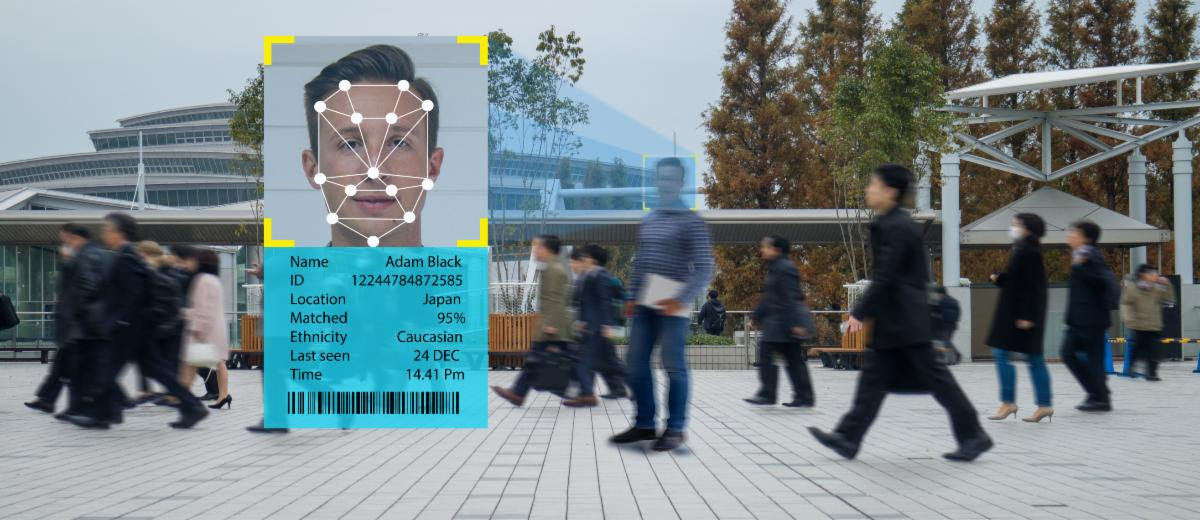 |
| |
| |
Coming Soon: Facial Recognition and Self Service TSA Screening
Navigating the future in a world where technology continues to evolve at an unprecedented pace, the aviation industry is gearing up for a groundbreaking transformation in 2024. Two key innovations, facial recognition and Self-Service TSA Screening, are set to redefine the airport experience, promising increased efficiency, enhanced security, and a smoother journey for travelers. If your travels will take you to Las Vegas soon, you can try it yourself as they launch it at Harry Reid International Airport.
Facial Recognition Takes Flight
Imagine walking into an airport and seamlessly moving through check-in, security, and boarding without the need for physical documents or boarding passes. This vision is becoming a reality with the widespread adoption of facial recognition technology. In 2024, airports around the world are set to implement advanced facial recognition systems to streamline the passenger experience.
How it Works
Facial recognition at airports involves capturing and analyzing unique facial features to verify a person's identity. Passengers will enroll in the system by providing a photo and other relevant information during the booking process. Upon arrival at the airport, cameras will scan faces, matching them against the stored data to facilitate a seamless and contactless journey.
Benefits
Efficiency: Facial recognition eliminates the need for traditional check-in and boarding processes, reducing wait times and congestion at various points in the airport.
Enhanced Security: The technology enhances security by accurately verifying identities, reducing the risk of fraudulent activities or unauthorized access.
Contactless Travel: In a post-pandemic world, minimizing physical contact is crucial. Facial recognition enables a touchless experience, promoting hygiene and safety.
Self-Service TSA Screening
Taking the concept of self-checkout to new heights, airports are also looking to revolutionize the security screening process through self-service options. The Transportation Security Administration (TSA) is exploring innovative ways to empower passengers to take control of their security screening, making the process more efficient and passenger-friendly. Las Vegas will be a prototype for the self-service screening and is expected to be operational for TSA PreCheck travelers sometime in March. If the Las Vegas test is a success, it may be deployed to more airports in the future. However, TSA stated that may not happen for years.
Key Features
Automated Baggage Screening: Passengers can use designated kiosks to securely and efficiently screen their own baggage, reducing dependence on traditional conveyor belt systems.
Biometric Authentication: Combining facial recognition, passengers can use biometric authentication to verify their identity during the screening process, eliminating the need for physical identification checks.
User-Friendly Interfaces: Intuitive touchscreens and user-friendly interfaces guide passengers through the screening steps, ensuring a smooth and hassle-free experience.
Advantages
Time Savings: Self-service screening significantly reduces wait times, allowing passengers to navigate security checkpoints quickly.
Personalized Experience: Passengers have more control over their screening process, creating a personalized and stress-free experience.
Resource Optimization: Airport staff can focus on more complex tasks, while automated systems handle routine screening procedures.
Challenges and Considerations
While the adoption of facial recognition and self-service TSA screening brings numerous benefits, it also raises concerns related to privacy, data security, and potential technical glitches. Striking the right balance between convenience and safeguarding passenger rights will be crucial for the successful implementation of these innovations.
As we step into 2024, airports worldwide are at the forefront of a technological revolution that promises to redefine air travel. Facial recognition and self-service TSA screening are poised to create a more efficient, secure, and passenger-friendly airport experience. Embracing these innovations represents a giant leap toward the future of aviation, where seamless travel is no longer a distant dream but a tangible reality. |
| |
|
|
| |
|
|